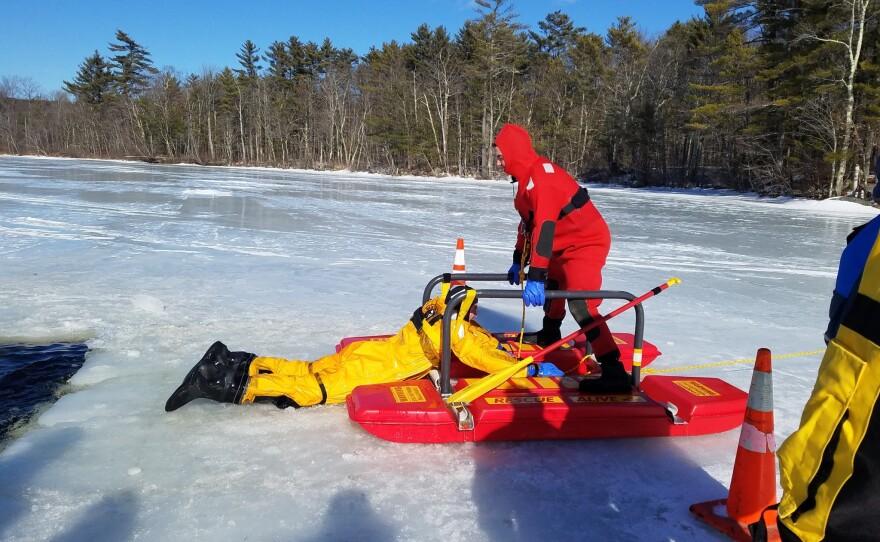The Department of Transportation (DOT) is warning people not to explore shipwrecks that fall under the authority of the United States.
The notice issued July 17 is a reminder that United States custody and control extends to any shipwreck of a vessel or cargo that was owned or under the charter of the Maritime Administration (MARAD) at the time of its sinking.




